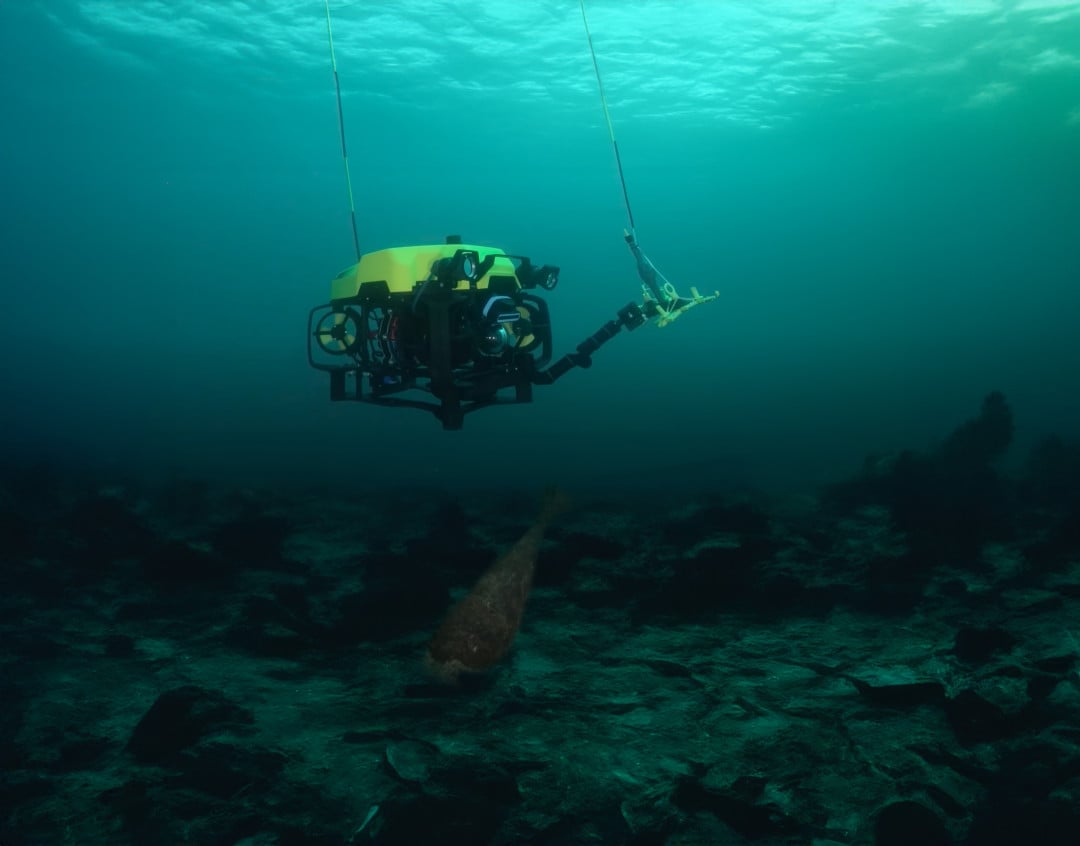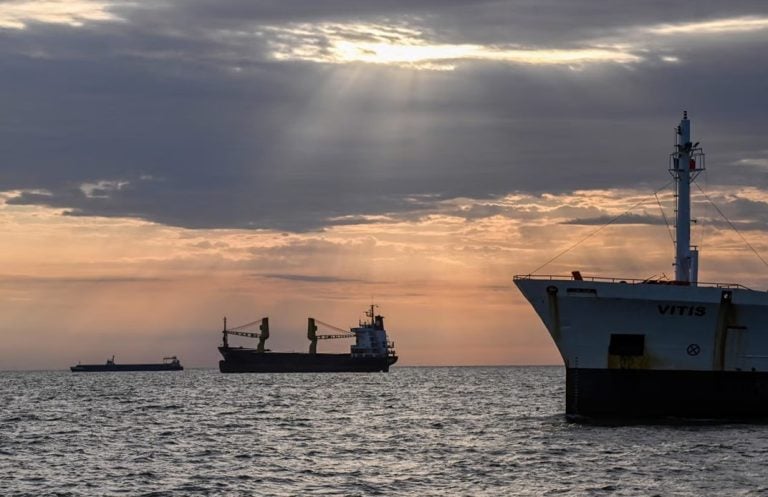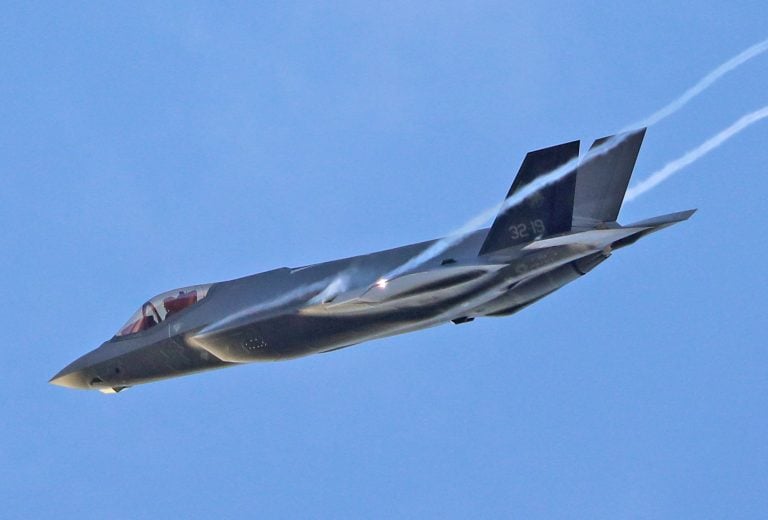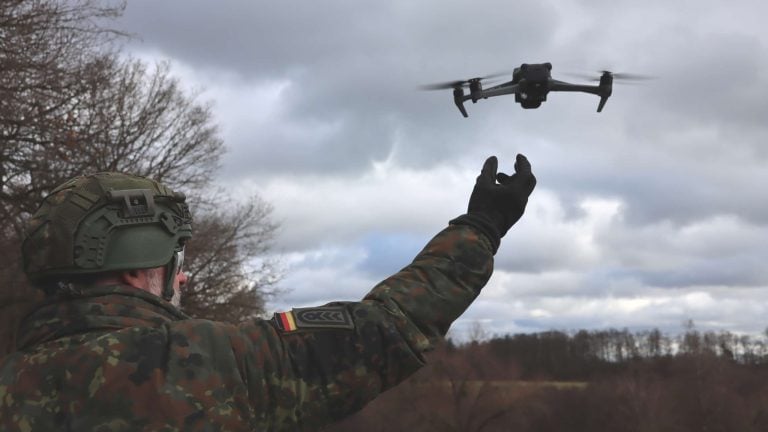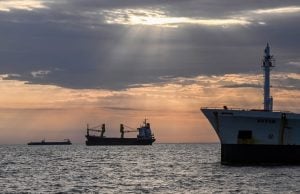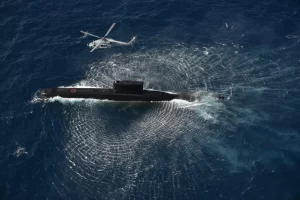Exail has announced a strategic partnership with Elwave to enhance the detection capabilities of its R7 Remotely Operated Vehicles (ROVs) by incorporating advanced electromagnetic sensing technology developed by Elwave. This collaboration will see multiple R7 ROVs equipped with Elwave’s Tetrapulse sensors, utilizing the innovative Controlled Electric Detection and Ranging (CEDAR) technology.
The integration of these sensors aims to significantly improve the localization and identification of various underwater targets, effectively distinguishing materials such as steel, aluminum, and fiberglass composites. The state-of-the-art CEDAR technology, which draws inspiration from biomimetic engineering principles, offers the ability to produce real-time, three-dimensional imaging of underwater environments, making it a vital tool for underwater missions.
Gary Bagot, Sales Director at Elwave, highlighted the advantages that CEDAR technology brings to operational capabilities. “In the context of target identification and neutralization missions, the integration of CEDAR technology enables superior operational performance in challenging environments, including turbid waters,” he stated.
The R7 ROV itself is specifically engineered for underwater security missions, adept at maneuvering through hazardous terrain. It plays a critical role in safely detecting and disposing of unexploded ordnance, thereby minimizing risks to human divers. The R7 ROV is equipped with a suite of advanced sensors, including sonar, acoustic, and electro-optic technology, that enhances its underwater detection proficiency.
Featuring a five-function manipulator arm, the R7 is designed to handle and recover various objects during missions efficiently. It also boasts high-resolution tilt cameras that afford specialized teams with a comprehensive 360° view, enabling precise identification and assessment of explosive devices or hazardous materials in real-time.
The R7 operates effectively at depths of up to 300 meters (984 feet) and can navigate at a forward speed of 3 knots (3.45 miles or 5.56 kilometers per hour). With its compact and lightweight design, weighing less than 35 kilograms (77 pounds), the R7 can be easily deployed from light support vessels or rigid-hulled inflatable boats, making it a versatile asset for complex underwater operations.
